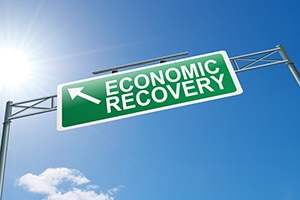Brad here. Today's post on why the stable value fund is becoming a more common investment option in retirement plan menus comes from Michael Geraci of Commonwealth's Retirement Consulting Services team. Take it away, Michael.
In today’s uncertain economic environment, interest rates have declined, and the Fed has expressed its commitment to keeping them low. This environment has put pressure on money market funds yielding close to 0.1 percent, which has affected those retirement plan participants seeking preservation of capital. Many of these same participants are close to retirement and cannot afford to lose a significant portion of their retirement portfolios, but they’re also seeking returns to keep pace with inflation.














